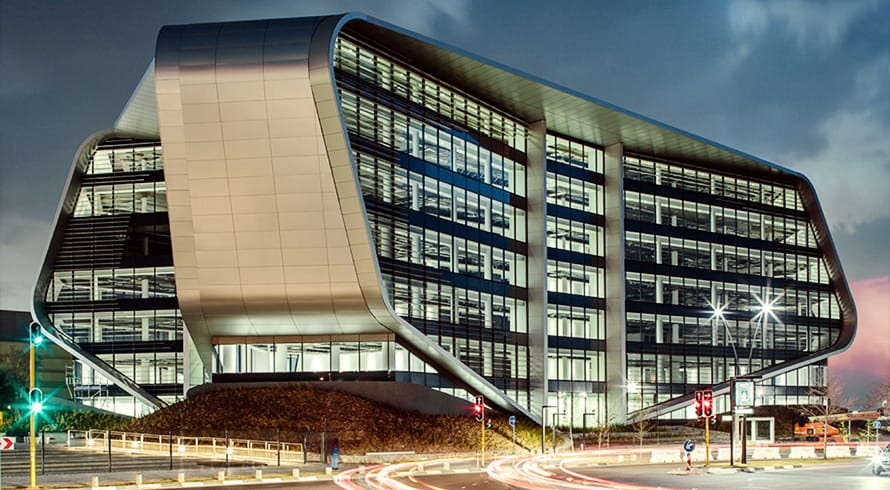Renewable energy tax incentives to be re-energised
The Minister announced two key tax policy proposals in the Budget that will assist in clarifying certain aspects of the allowance and which will be welcomed by the industry.
Removing the distinction between energy generation thresholds eligible for the incentive
Paragraph 2 of Schedule 2 to the Electricity Regulation Act 4 of 2006 previously stated that energy systems that produced less than 1 MW of power did not need to apply for, nor hold a licence in terms of, that act. In other words, so long as the energy producing plant’s capacity was below 1 MW, then it did not need to be registered. Any plant with generating capacity above 1 MW would need to follow the licensing process.
The licensing threshold for energy producing plants was also reflected in the renewable energy tax incentive in section 12B. In this context, a solar PV plant that produced less than 1 MW could be written off over a one-year period (i.e. 100% write-off in year one). Comparatively, a solar PV plant that produced more than 1 MW could only be written off over three years on a 50/30/20 basis.
However, after several calls from industry to ease red tape and open up the energy generation market, President Cyril Ramaphosa announced on 10 June 2021 that the registration threshold for self-generation facilities would be raised from 1 MW to 100 MW. On 12 August 2021 the Minister of Mineral Resources and Energy released the much-awaited exemption which raised the registration threshold for self-generation facilities from 1 MW to 100 MW.
It was previously commented that section 12B should thus be aligned with the amendments to the electricity regulations in that the 100% accelerated depreciation allowance in section 12B should not distinguish between different generation capacities of solar PV plants. In other words, given the increase in the licensing threshold for embedded power generation from 1 MW to 100 MW, one should likewise raise the thresholds in section 12B of the ITA in accordance with the amended registration thresholds, such that a larger portion of embedded solar PV projects could benefit from the incentive, thereby increasing uptake.
The renewable energy industry calls have been answered, as the Minister announced in the Budget that Government would reconsider the generation threshold in section 12B. It is hoped that the generation threshold will be removed entirely, as is the case with the current 125% temporary renewable energy incentive in section 12BA of the ITA. This will assist in ensuring South Africa’s transition to renewable energy is further encouraged and will ensure fewer constraints on the unstable national grid.
Removing leasing restrictions under the section 12B allowance
Section 12B does not allow a lessor (i.e. the owner of the asset) to claim a section 12B allowance under a lease, unless one of the following requirements is met:
- the lease is an “operating lease” as defined; or
- the lease is for at least five years and the lessee earns income under that lease.
In addition, in terms of section 23A of the ITA, a lessor is limited in claiming the section 12B allowance to the rental income earned, unless the lease is an “operating lease”. It has been commented that these restrictions are not necessarily still fit for purpose with reference to renewable energy assets.
For example, one of the requirements of an “operating lease” is that the asset must be made available to be leased to the general public for a period of less than one month. From a practical and commercial perspective, many renewable energy assets cannot be leased to the general public for less than a month. For instance, it is questionable whether a hydropower plant could ever meet these requirements.
A further issue is that a finance lease type arrangement with a residential household would fall within the “missing middle”, whereby in that scenario, no taxpayer would potentially qualify for the tax incentive.
During public consultations on section 12B’s sister provision, section 12BA (the temporary increased renewable energy incentive), Government proposed applying the same treatment to finance lease arrangements as for operating leases. In this context, the distinction between finance leases and operating leases in section 12BA was removed from the final published legislation.
The Minister has now announced that similar considerations would be investigated for the permanent section 12B renewable energy allowance. This announcement is welcomed, and it is hoped that clarity, certainty and equity between commercial arrangements in this space are achieved during this process.
The information and material published on this website is provided for general purposes only and does not constitute legal advice. We make every effort to ensure that the content is updated regularly and to offer the most current and accurate information. Please consult one of our lawyers on any specific legal problem or matter. We accept no responsibility for any loss or damage, whether direct or consequential, which may arise from reliance on the information contained in these pages. Please refer to our full terms and conditions. Copyright © 2025 Cliffe Dekker Hofmeyr. All rights reserved. For permission to reproduce an article or publication, please contact us cliffedekkerhofmeyr@cdhlegal.com.
Subscribe
We support our clients’ strategic and operational needs by offering innovative, integrated and high quality thought leadership. To stay up to date on the latest legal developments that may potentially impact your business, subscribe to our alerts, seminar and webinar invitations.
Subscribe




